Where to place a rug in the home according to Feng Shui principles – expert advice on balancing energy flow
Discover what Feng Shui teaches about rug placement – and how to get it right all around your home
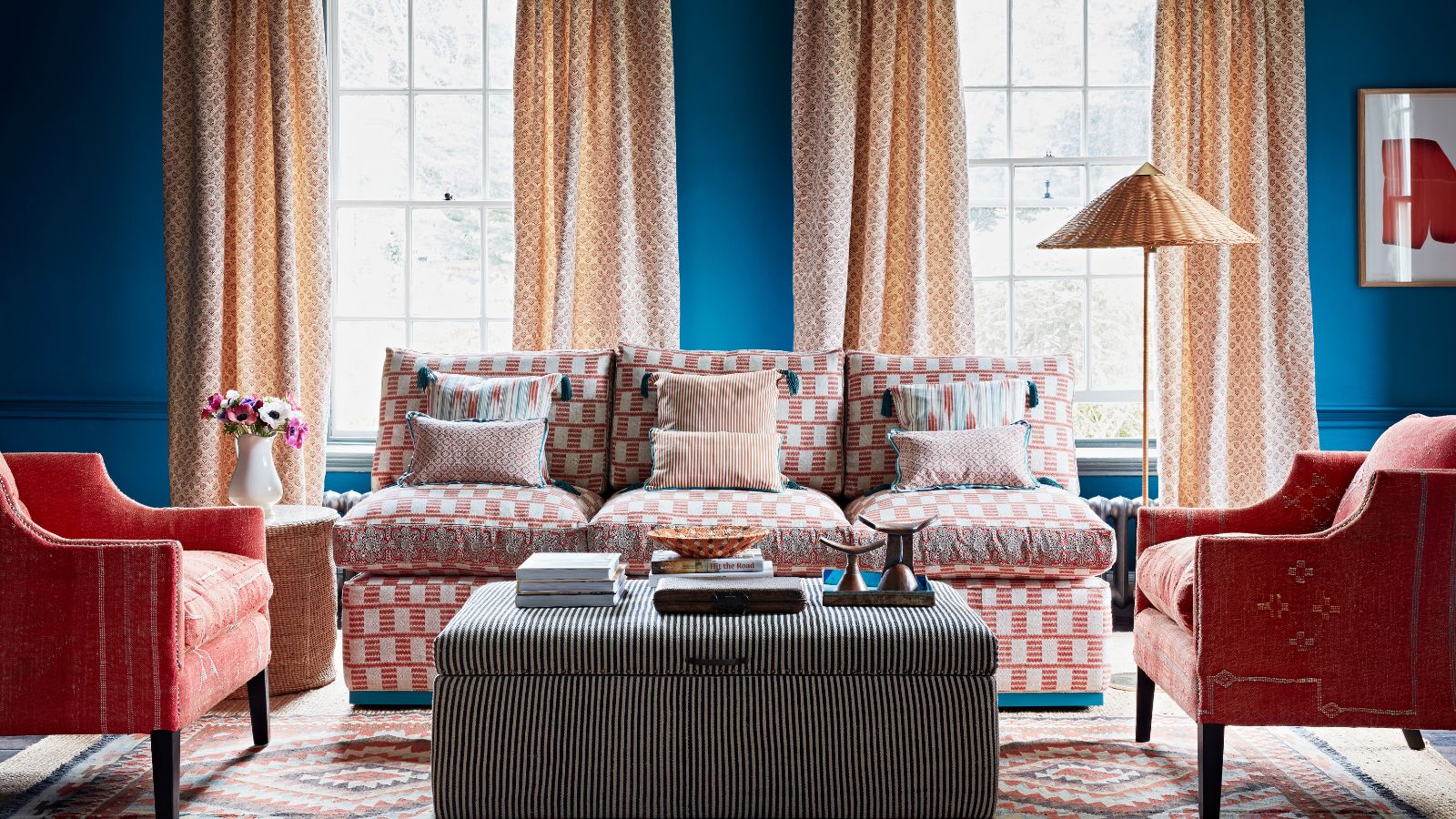

Feng Shui rug placement knowledge is as important as all the other understandings about where to put what in this ancient art. Following the guidelines on rug placement can contribute to a harmonious and balanced home environment.
Creating good Feng Shui in the home allows us to create a nurturing and comfortable space, and, according to experts, rug placement also contributes.
As well as Feng Shui furniture placement, to assist you in positioning rugs all around your home, we asked Feng Shui practitioners to explain everything you need to know.
Feng shui rug placement – why it matters
The arrangement of buildings, objects and spaces according to its principles creates balanced Feng Shui in your home. But why, specifically, does rug placement matter?
‘In feng shui, the placement of a rug is important because it affects the way the energy flow (or chi/qi) moves in a space,’ explains Marie Diamond, a globally recognized Feng Shui master and the author of Your Home is a Vision Board: Harness the Secret Manifesting Power of Your Home, available from Amazon.
‘Typically, fast-moving energy flow helps to attract good health, harmony, and abundance whilst slower, more sluggish energy flow can cause your good fortune to become stagnant. Rugs work as a grounding element, acting as an anchor to help balance the energy flow in a room. If the energy flow in a room is too fast, a rug can help slow it down so as to prevent it from rushing through a space too quickly and similarly, if the energy flow is too slow, a rug can help to kickstart the circulation.’
Below is the information you need about feng shui rug placement in every room.
Living room rug Feng Shui
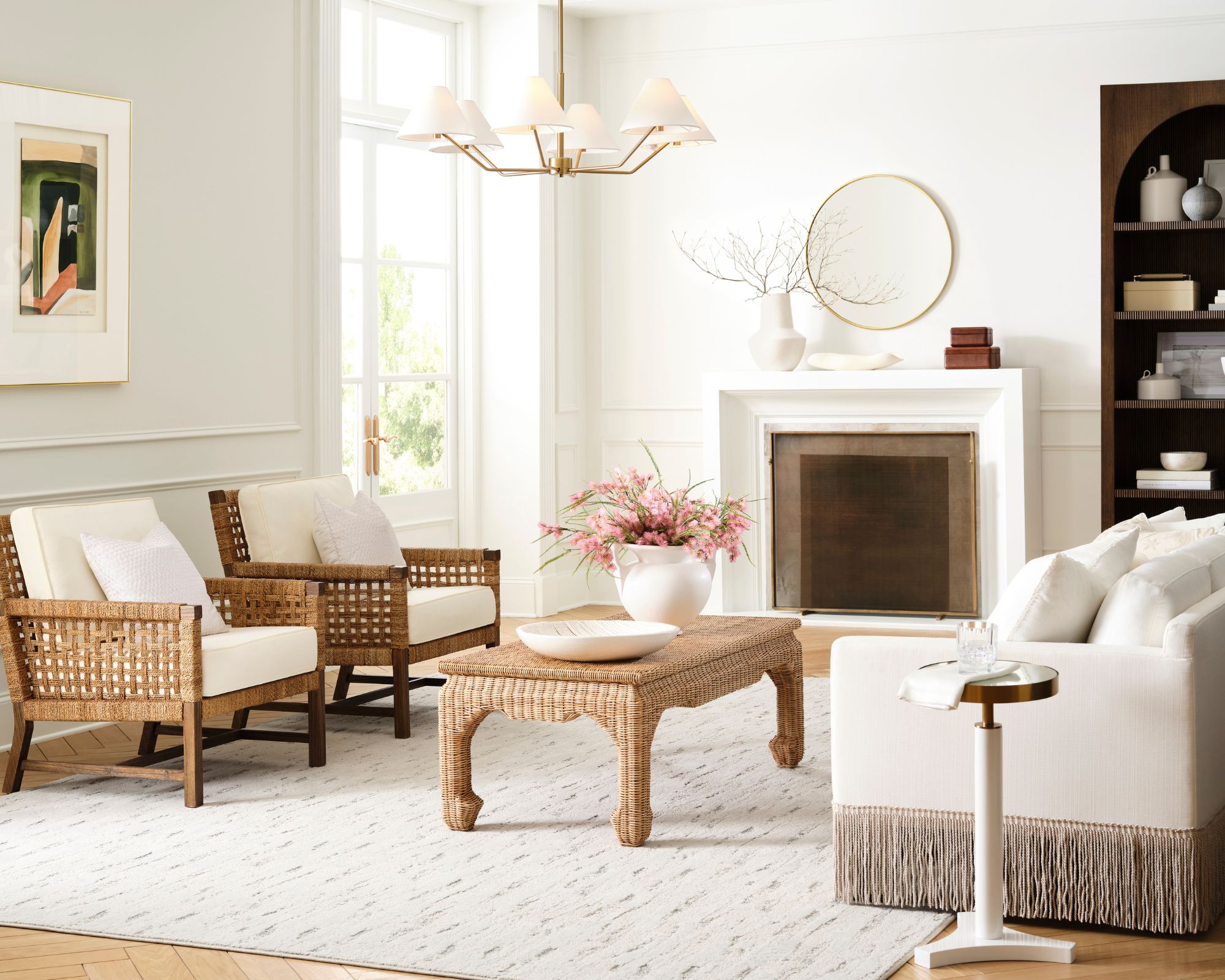
In living room feng shui a rug can be placed ‘underneath the sofa and other seating to promote harmony as well as encourage grounding supportive energy with all the family members in the home’, says Anjie Cho, feng shui expert, architect, and co-author of the book Mindful Living, available from Amazon.
‘Ideally, the rug should be large enough so that the front legs of the sofa rest on it,’ says Marie Diamond. ‘This positioning encourages unity and ultimately makes the space feel more welcoming. Avoid a too-small rug or one that floats in the middle of the room with no furniture touching it as this can create a scattered energy flow and make the space feel unsettled.’
Bedroom rug Feng Shui

Bedroom feng shui includes placing a rug thoughtfully. ‘In feng shui, the bedroom represents both rest and romance, and rug placement plays a significant role in creating an uplifting and harmonious energy flow,’ says Marie Diamond.
‘The best placement for a rug in this room is under the bed, ideally covering a portion of the floor around it. A standard layout is having the rug extend out at least 18 to 24 inches on both sides. This helps to ground your energy, leading to a more relaxing and restful night’s sleep. It helps to balance the energy flow around the bed, and can help you to feel more emotionally secure in your relationship.
‘As an alternative, you can use a large rug that fits under both the bed and adjacent nightstands since this helps to anchor the entire sleeping area for a more balanced energy flow,’ she suggests.
Be aware that runners can provide an alternative. ‘Matching runners to each side of the bed creates harmony which is especially important to signify equality in a relationship where this is a shared space,’ says feng shui expert Abby Magill Henry of Holistic Homes. ‘A single runner at the end of the bed will also provide a grounding energy.’
Entryway rug Feng Shui

A rug has an important role in entryway feng shui – along with using the best entryway color for feng shui. ‘A runner at the entry can invite and encourage an abundance of stable, harmonizing and nurturing qi (life force energy) into your home from the outside world,’ says Anjie Cho.
‘The best placement for a rug here is directly in front of the main door since it acts as an energy filter of sorts, ensuring that only positive energy enters,’ says Marie Diamond. ‘It also acts as a symbolic warm welcome for both guests and opportunities that may keep knocking.’
Kitchen and bathroom rug Feng Shui
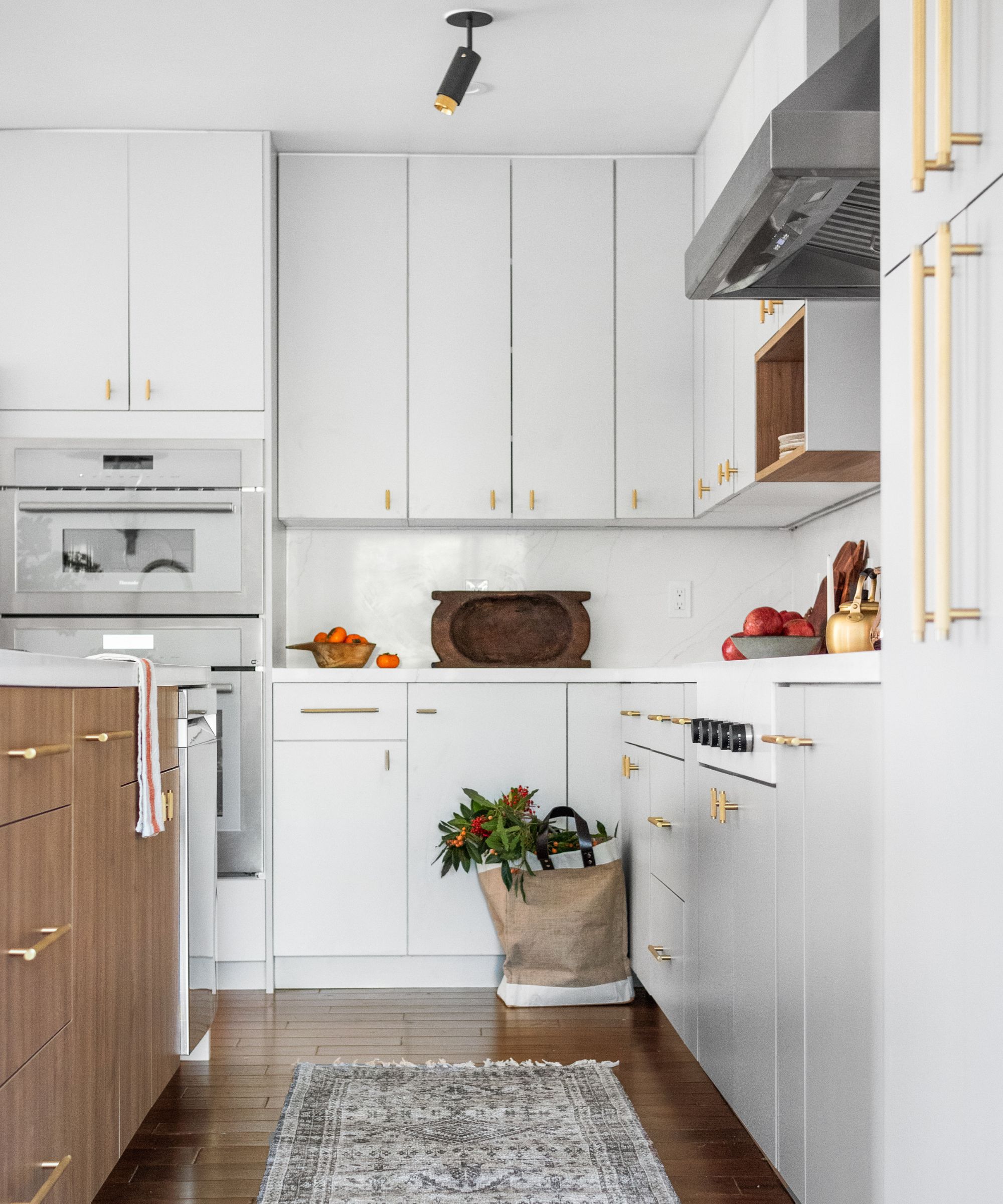
Kitchen feng shui principles can enhance your quality of life and rug placement can be part of that.
‘A long galley kitchen can suffer from rushing chi,’ says feng shui expert Dee Oujiri. ‘If you are experiencing this I would recommend using a long runner. Rugs act as a speed bump and slow the rushing chi down so you will feel more grounded and less stressed.’
But though a kitchen rug can be used in this way there are no specific placement rules in either this room or a bathroom and rugs should be located where they make sense, explains Anjie Cho.
‘From a practical point of view, avoid placing rugs where one may trip, or if the pile is too high and causes a door to not open easily,’ she says. ‘When a door can’t open easily it can affect our feng shui.
‘Also, practically for a rug under a dining area or in a wet area like the kitchen or bathroom, keep it clean and clean it regularly,’ she continues. ‘A soiled rug in those areas will also affect your qi in an undesirable way.’
Think about your use of the room when positioning kitchen and bathroom rugs, too, Anjie adds. ‘They can be placed wherever you stand in those rooms to provide warmth and grounding energy.’
As well as considering rug placement, think rug shape if you’re following feng shui principles. ‘As a rule of thumb, choose a rug with soft, rounded edges since a sharp-angled rug can disrupt the flow of energy,’ says Marie Diamond. ‘Likewise, a rug with an overly chaotic pattern or bright colors can disrupt the harmony of a room.’
For more inspiration on choosing the best rug for your home, we explore the latest rug trends in our dedicated round-up.
Sign up to the Homes & Gardens newsletter
Design expertise in your inbox – from inspiring decorating ideas and beautiful celebrity homes to practical gardening advice and shopping round-ups.

Sarah is a freelance journalist and editor. Previously executive editor of Ideal Home, she’s specialized in interiors, property and gardens for over 20 years, and covers interior design, house design, gardens, and cleaning and organizing a home for Homes & Gardens. She’s written for websites, including Houzz, Channel 4’s flagship website, 4Homes, and Future’s T3; national newspapers, including The Guardian; and magazines including Future’s Country Homes & Interiors, Homebuilding & Renovating, Period Living, and Style at Home, as well as House Beautiful, Good Homes, Grand Designs, Homes & Antiques, LandLove and The English Home among others. It’s no big surprise that she likes to put what she writes about into practice, and is a serial house renovator.
You must confirm your public display name before commenting
Please logout and then login again, you will then be prompted to enter your display name.
-
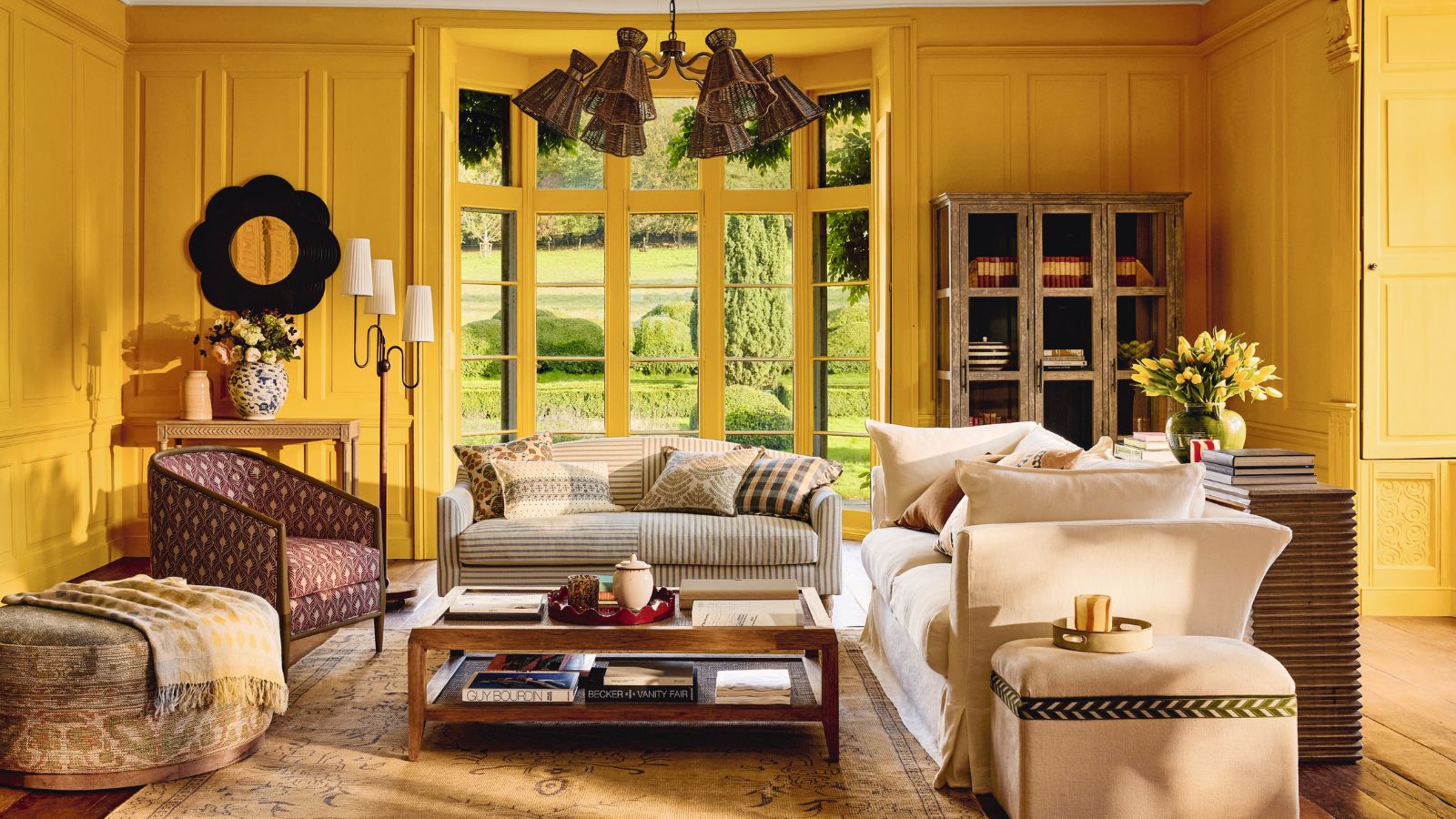 I’m an HVAC technician, and this is when I turn my AC on each year – plus 5 checks I always do beforehand
I’m an HVAC technician, and this is when I turn my AC on each year – plus 5 checks I always do beforehandSave yourself an AC hassle by running my checks and turning it on before big heat hits
By Josh Mitchell Published
-
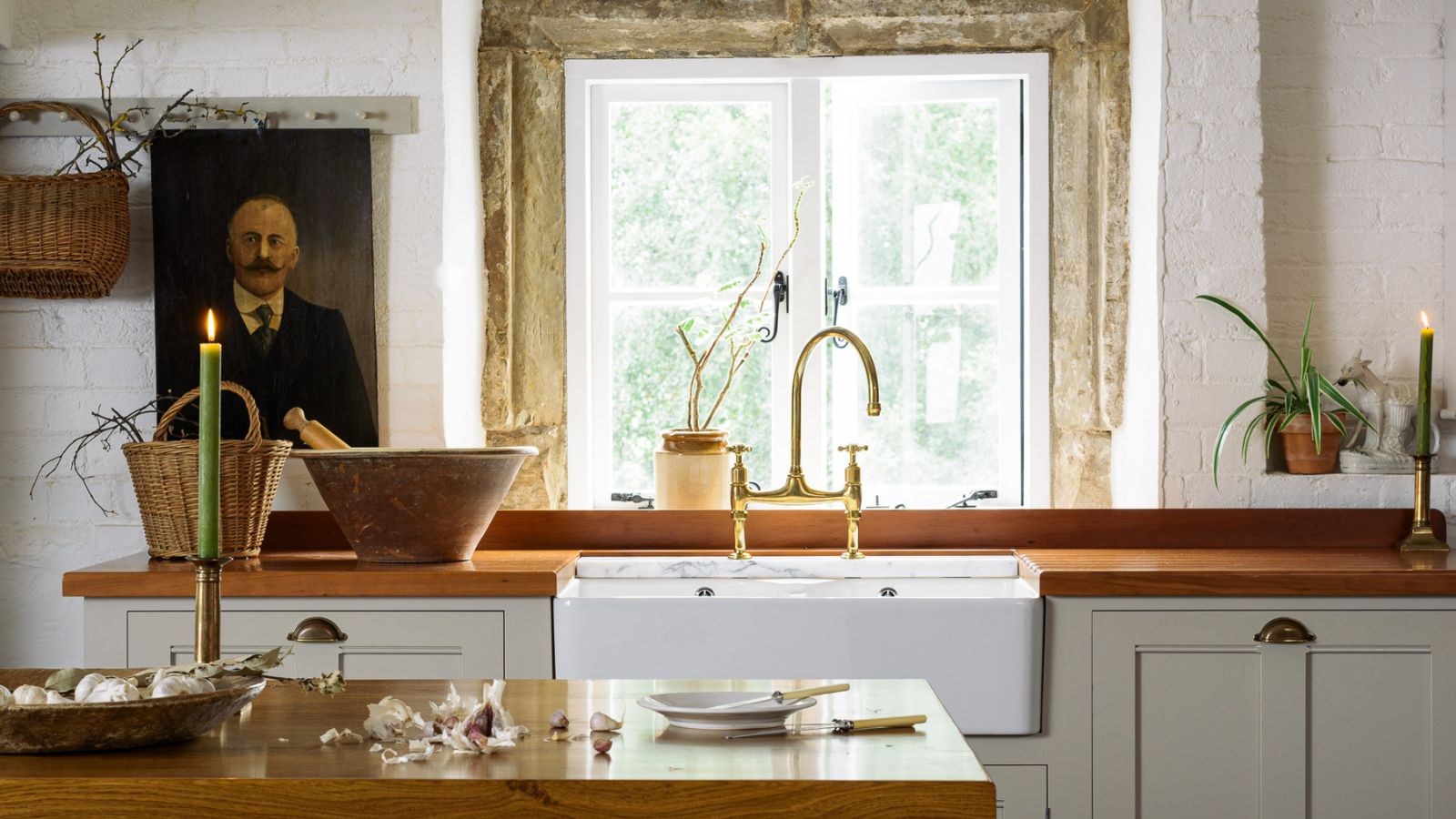 This simple marble hack elevates my budget-friendly wooden kitchen countertops and prevents the dreaded water damage for way less than you’d think
This simple marble hack elevates my budget-friendly wooden kitchen countertops and prevents the dreaded water damage for way less than you’d thinkThis design trick looks expensive, solves a problem, and was the easiest decision I made during my kitchen reno
By Charlotte Olby Published